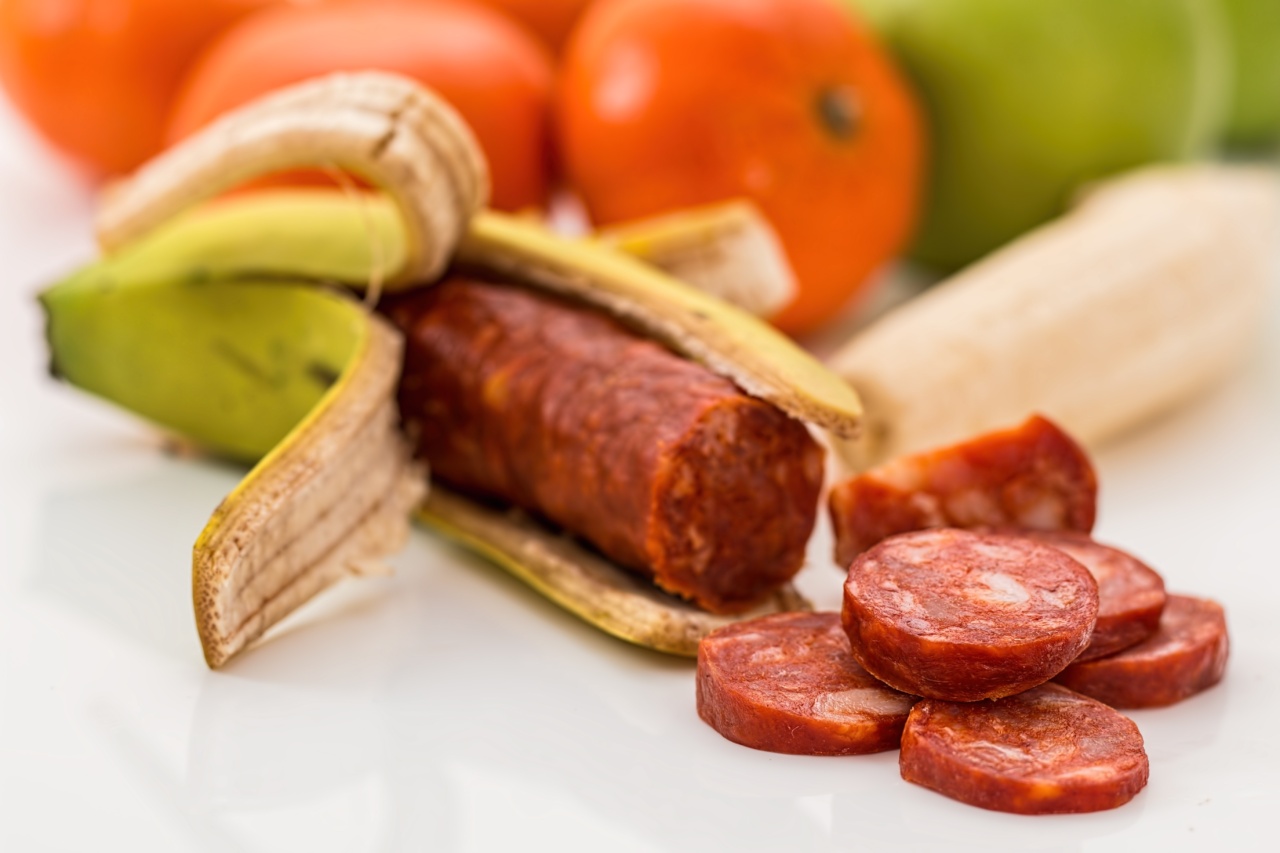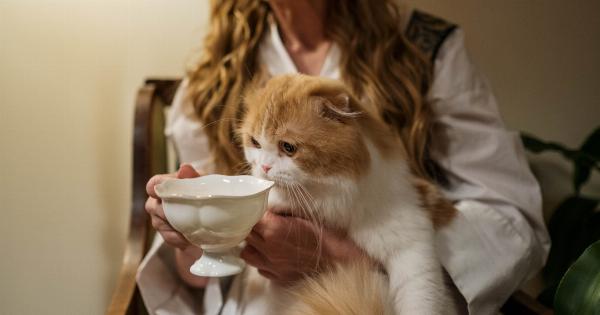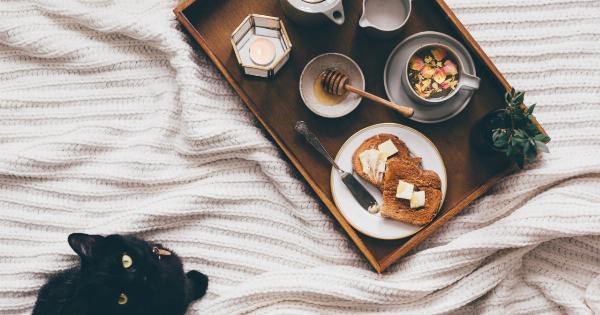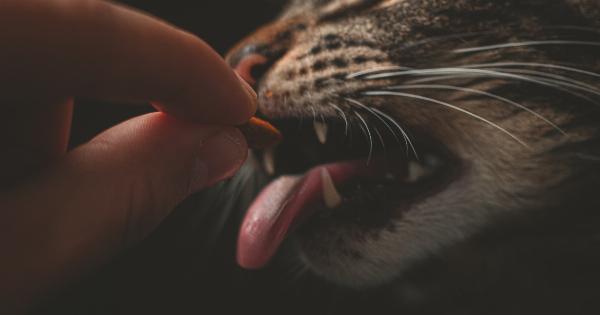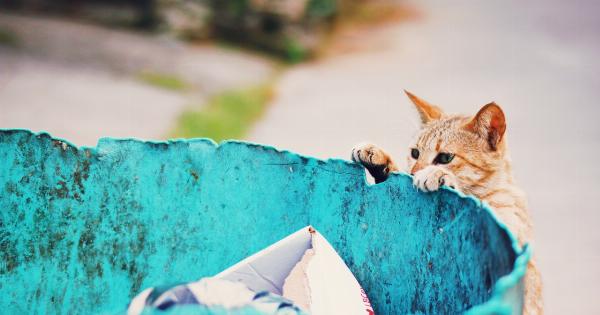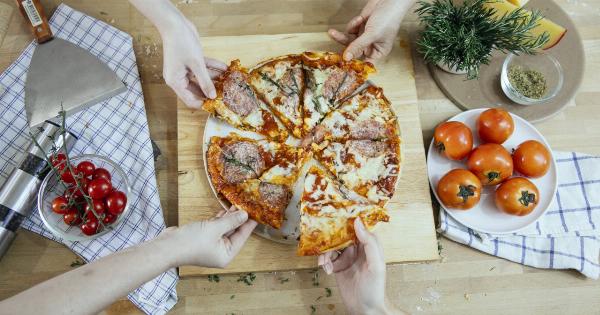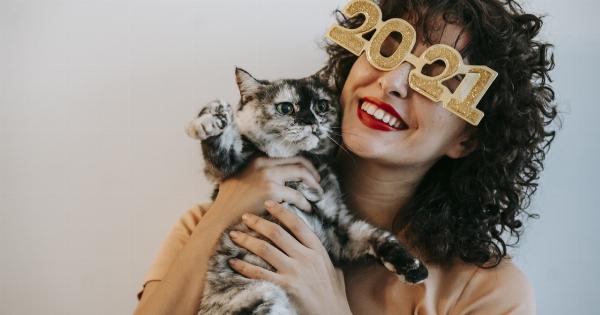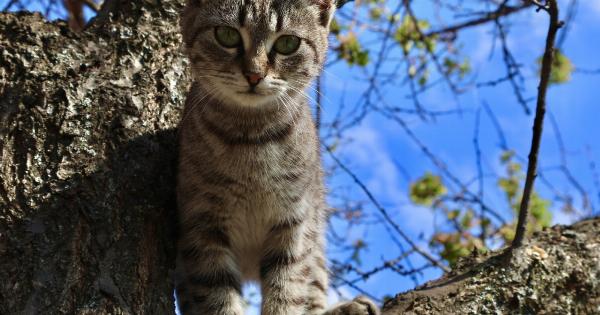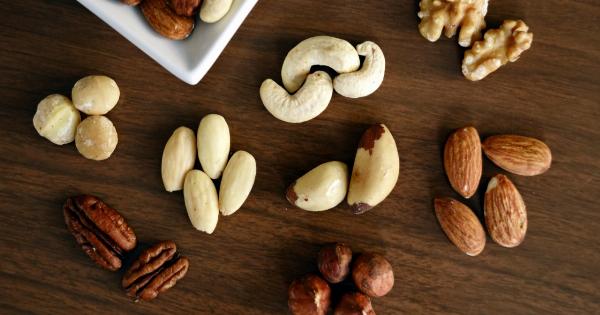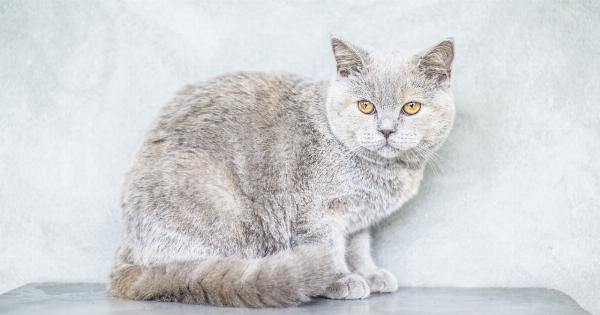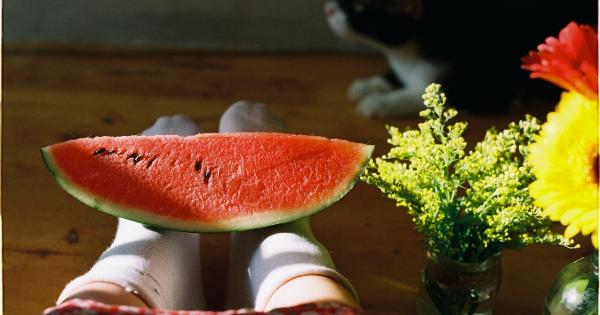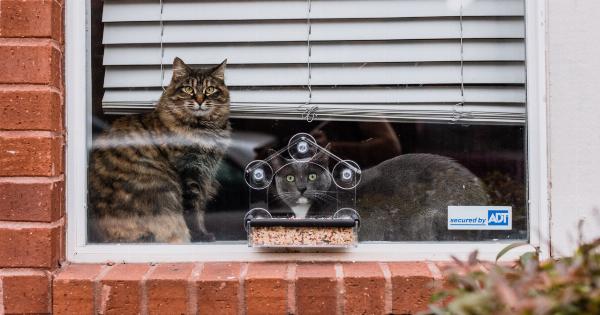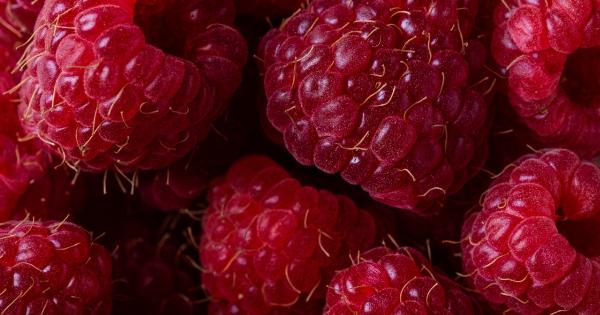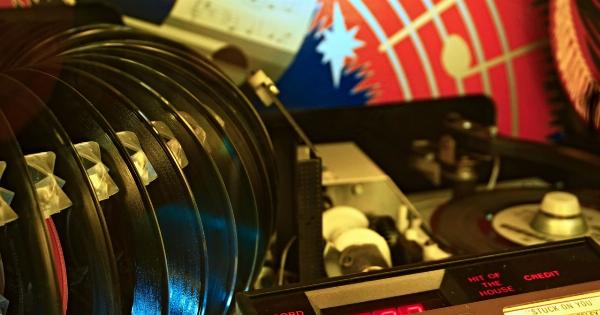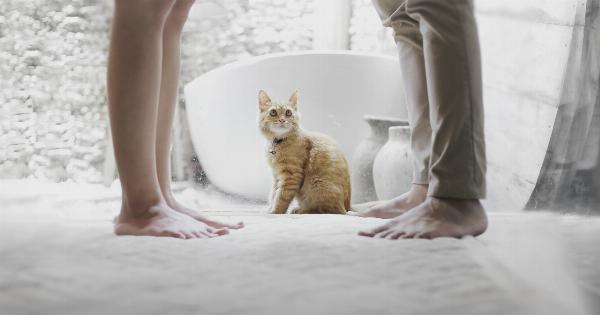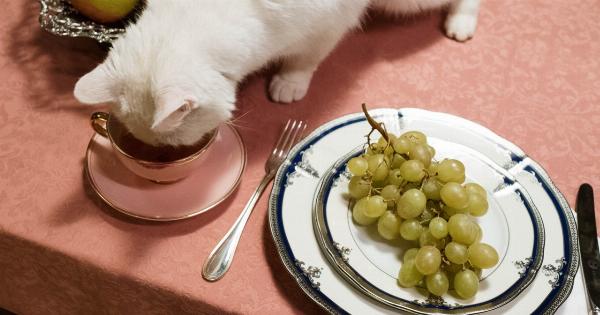Cats are known for being fussy eaters, but they still need a balanced diet to stay healthy. As a cat owner, it’s important to understand what your feline friend can and cannot eat to avoid health problems.
Unsafe foods can cause stomach upset, vomiting, diarrhea, and in some cases, even death. Therefore, it’s crucial to be well informed about what to feed your cat and what to stay away from. This article will help you understand your cat’s dietary needs and provide you with a list of safe and unsafe foods.
Macronutrients Your Cat Needs
Cats, like humans, require macronutrients to stay healthy and energized. These nutrients include proteins, carbohydrates, and fats.
Choosing a balanced cat food that contains all these essential nutrients is the best way to ensure your cat is getting the right mix of macronutrients. Below is a quick overview of each of the macronutrients that your cat needs:.
Proteins
Proteins are essential nutrients for cats as they help in building strong bones, muscles, skin, and hair. Since cats are obligate carnivores, they require a high protein diet.
Feeding a cat a diet that consists mainly of protein from animal sources is the best way to ensure they get the necessary amino acids they need. Protein sources such as fish, chicken, beef, lamb, eggs, and dairy products are all great sources of protein for cats.
Fats
The fat content in your cat’s diet plays an essential role in providing them with the energy they need to move and hunt. Fats also provide necessary insulation, lubrication, and are essential for optimal skin and coat health.
However, too much fat can lead to obesity in cats. It’s crucial to balance the amount of fat your cat consumes to ensure they don’t become overweight. Fat sources such as fish oil, chicken fat, and canola oil are all healthy fat sources for cats.
Carbohydrates
Carbohydrates in your cat’s diet give them the energy they need to stay alert, active, and healthy. While cats are not able to digest carbohydrates as efficiently as other animals, they still need certain types of carbohydrates in their diet.
Feeding your cat grains that are safe for them to eat, such as rice and corn, are excellent sources of carbohydrates to include in their diet.
Guidelines for Feeding Your Cat
Feeding your cat a balanced and nutritious diet is essential to keep them healthy, strong, and happy. Below are some basic guidelines for feeding your cat:.
Choose Quality Cat Food
The easiest way to ensure your cat gets all the essential nutrients they require is to feed them a complete and balanced cat food. Consult with your veterinarian to ensure you’re choosing a cat food that suits your cat’s dietary needs.
Monitor Your Cat’s Food Intake
Cats should have access to food and water throughout the day. However, it’s essential to monitor their food intake to prevent overfeeding.
Overfeeding your cat can lead to obesity, which can cause health problems such as diabetes, heart disease, and joint problems.
Avoid Table Scraps
While you may think feeding your cat table scraps is an excellent way to treat them, it’s not always the best idea. Table scraps can cause serious health problems in cats.
Some of the foods you should avoid feeding your cat include chocolate, onions, garlic, grapes, raisins, avocado, and candy.
Unsafe Foods for Your Cat
The following foods are dangerous to cats and should be avoided:.
- Chocolate
- Caffeine
- Onions
- Garlic
- Grapes and Raisins
- Avocado
- Alcohol
- Corn on the Cob
- Raw Eggs
- Raw Fish
- Milk and Dairy Products
- Fatty Foods
- Bones
Safe Foods for Your Cat
If you’re looking for healthy food options for your cat, below are some safe foods you can feed them:.
